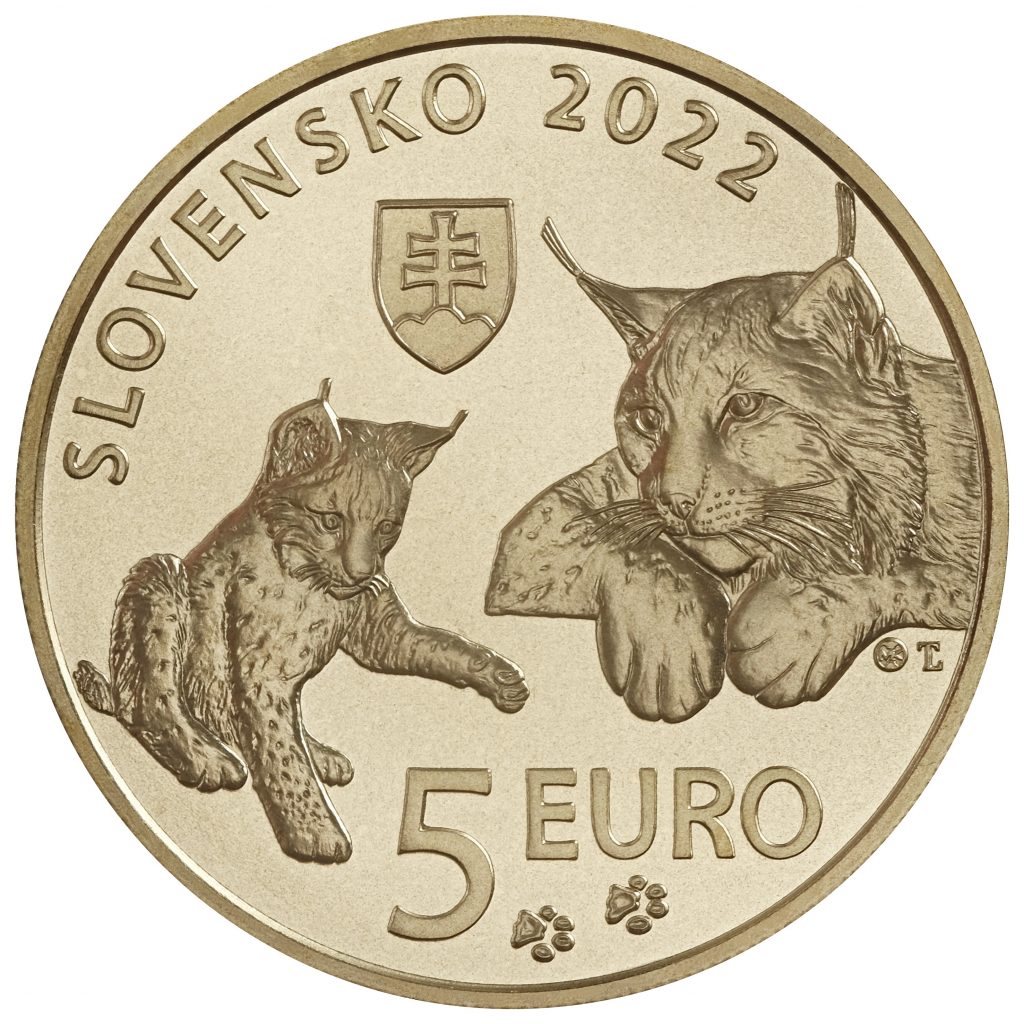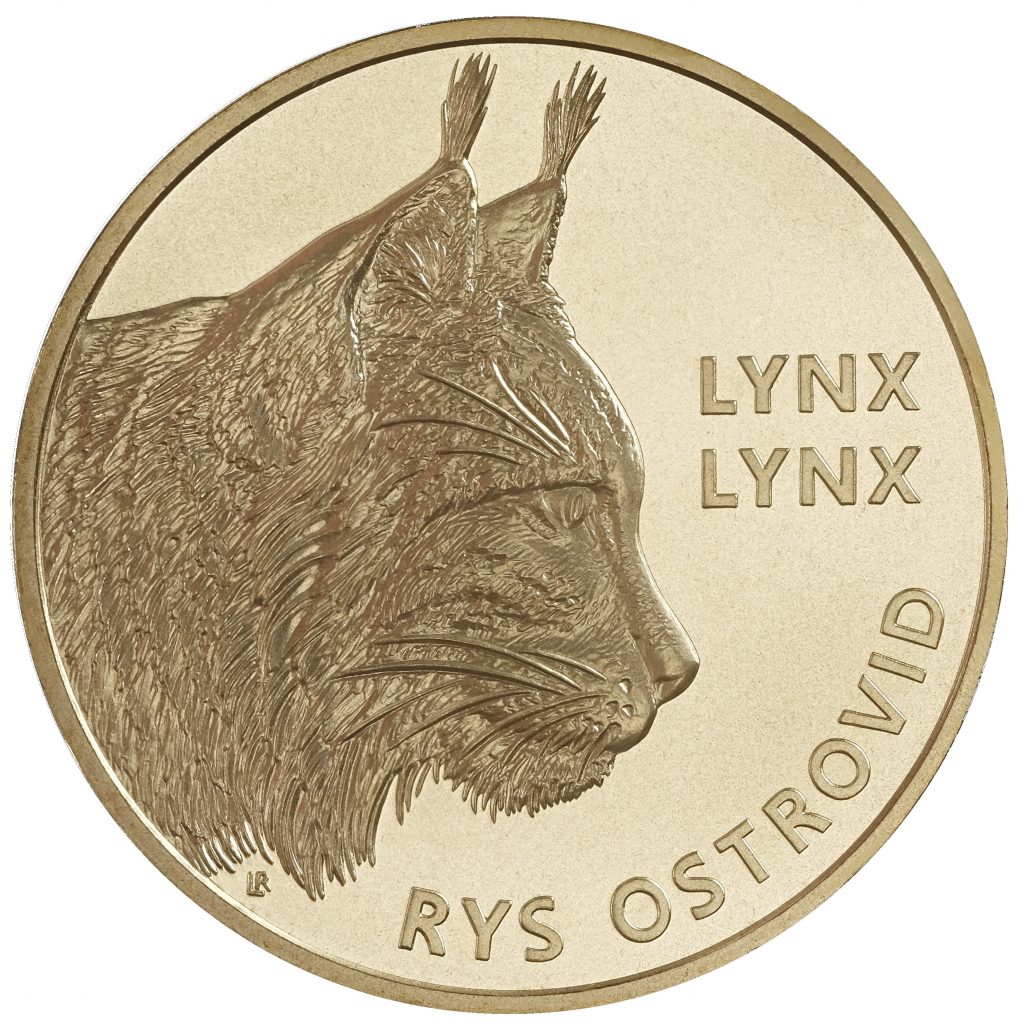-
NBS Tasks
Browse topics
- Monetary policy
- Financial market supervision
- Financial stability
- Banknotes and coins
- Payments
- Statistics
- Research
- Legislation
-
Publications
- Activity Report of the NBS Innovation Hub Annual Report Carbon Footprint Report of NBS Climate-related disclosures of NBS non-monetary policy portfolios Economic and Monetary Developments Financial Stability Report Investment Policy Statement of the National Bank of Slovakia Macroprudential Commentary
- Policy Briefs Report on the Activities of the Financial Market Supervision Unit Research Papers: Working and Occasional Papers (WP/OP) Statistical Bulletin Structural Challenges Other publications Sign up for your email notifications about publications
- About the Bank
- Media
- Frequently asked questions
-
For the public
Browse topics
- About the Bank
- Exchange rates and interest rates
- Banknotes and coins
- Payments
- Financial stability
- Financial market supervision
- Statistics
- Legislation
-
Publications
- Activity Report of the NBS Innovation Hub Annual Report Economic and Monetary Developments Financial Stability Report Macroprudential Commentary
- Report on the Activities of the Financial Market Supervision Unit Research Papers: Working and Occasional Papers (WP/OP) Statistical Bulletin Other publications Sign up for your email notifications about publications
- Frequently asked questions
- Media
- Careers
- Contact
Flora and fauna in Slovakia – the Eurasian lynx
€5 base metal collector coin
‘The tiger of our forests’, ‘the phantom’: these are names that have been given to Slovakia’s largest wild cat, the Eurasian lynx (Lynx lynx). As an adult, the male weighs 24 kg on average and the female around 4 kg less. In the wild, the lynx can live for up to 17 years. The lynx’s particularly typical and unmistakeable features include tufts of hair on its ears, a black-spotted coat, and bobbed tail. It has excellent eyesight (as referenced in the second part of its Slovak name ‘rys ostrovid’) and superb hearing, but a less developed sense of smell. Generally living and hunting individually, the lynx is agile and can jump well and far. The lynx is in fact a very shy animal that never attacks humans. In the past, the lynx was hunted by the nobility for its valuable pelt and its claws were used in folk medicine. It used to be severely persecuted and was almost hunted out of the territory of what is now Slovakia, surviving until today only in small numbers in the central northern part and in the Eastern Carpathians. Since 1999 the lynx has had year-round protected status in Slovakia. As well as being a treasure of the country’s natural heritage, lynxes in Slovakia are also a source population for efforts to strengthen the species’ presence in other European countries.
-
Coin description
Obverse:
The obverse of this euro collector coin shows a lynx kitten on the left side and an adult lynx on the right side. Below the adult are the mint mark of the Kremnica Mint (Mincovňa Kremnica), consisting of the letters ‘MK’ placed between two dies, and the stylised letters ‘TL’, referring to the obverse designer Tomáš Lamač. The name of the issuing country ‘SLOVENSKO’ and the year of issuance ‘2022’ are inscribed along the upper left edge and part of the upper right edge. Below them is the Slovak coat of arms. The denomination and currency ‘5 EURO’ appear in the lower part of the design, above two lynx paw prints at the bottom edge.Reverse:
On the reverse, filling the left and centre of the design, is a lynx’s head in profile. To the right of the image, on two lines, is the lynx’s scientific name ‘LYNX LYNX’, and below it are the stylised letters ‘LR’, referring to the designer of the reverse side Roman Lugár. Inscribed along the lower right edge is the lynx’s name in Slovak ‘RYS OSTROVID’.
-
Coin details
Designer: Tomáš Lamač (obverse)
Roman Lugár (reverse)Composition: brass MS63 Weight: 19.1 g Diameter: 34 mm Edge: milled Producer: Kremnica Mint Engraver: Dalibor Schmidt Issuing volume: Initial mintage in 2022: 40,000 coins
Additional mintage in 2023: 10,000 coins (with 2022 as the year of issuance)
Additional mintage in 2024: 8,000 coins (with 2022 as the year of issuance)
Additional mintage in 2025: 7,000 coins (with 2022 as the year of issuance)
For the Bank’s promotional purposes, 1,500 of these collector coins were packaged in a green coin box.Issuing date: 23 August 2022

